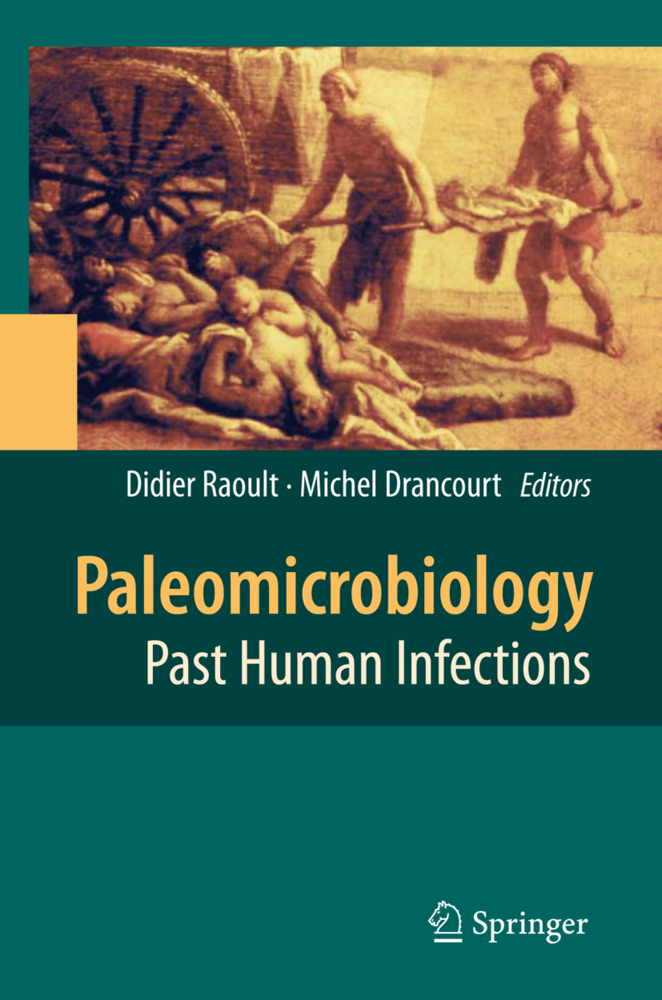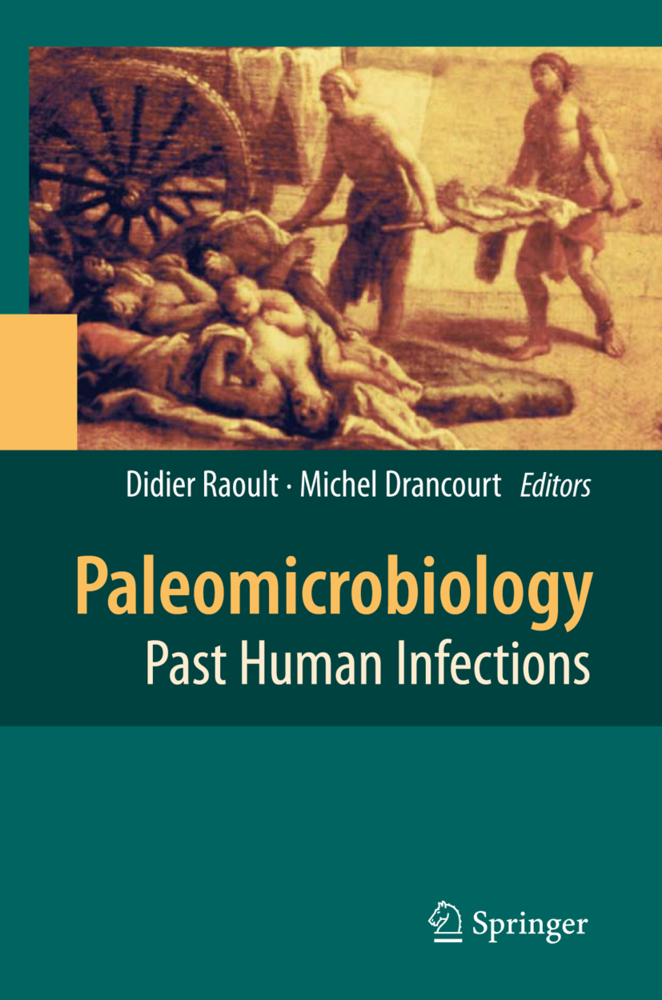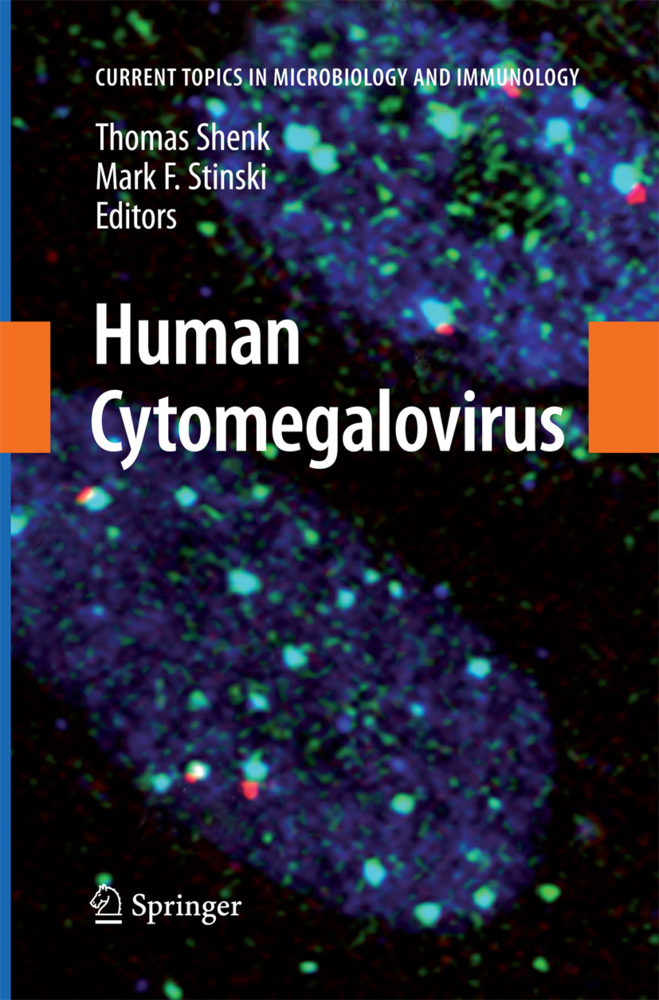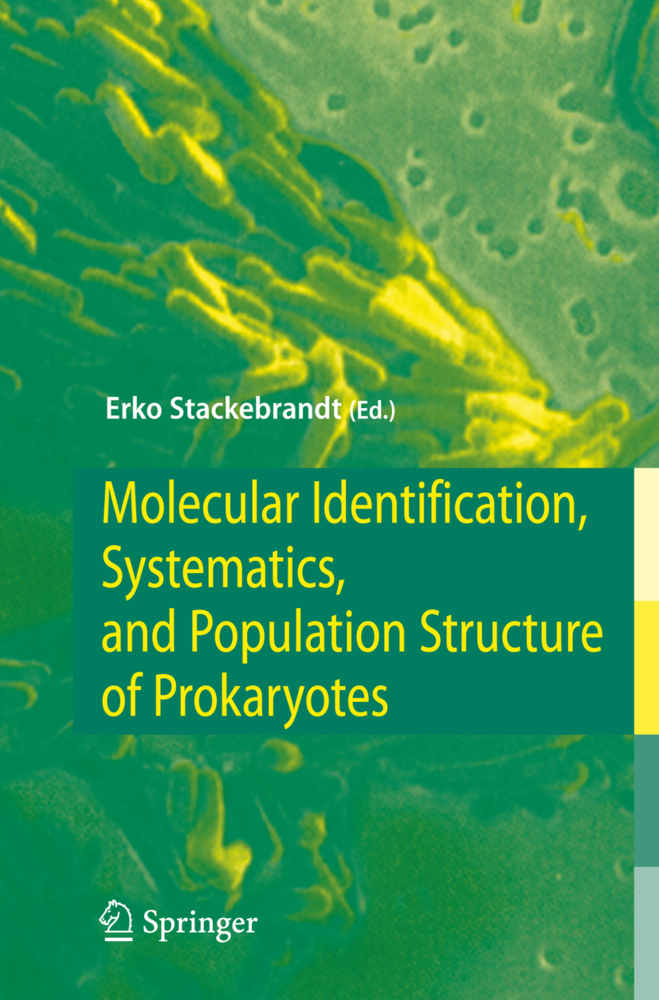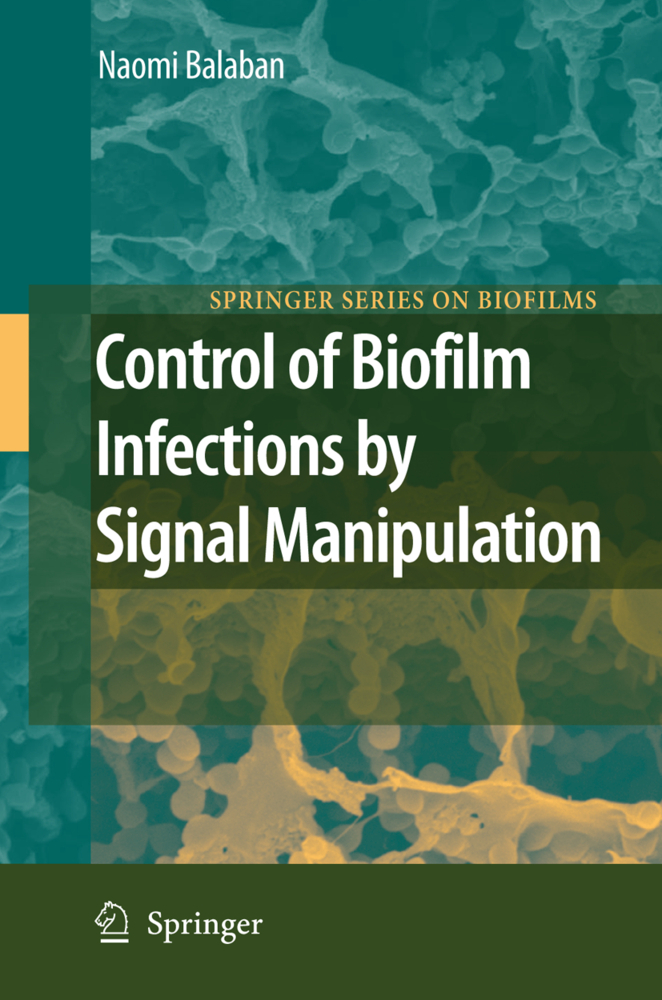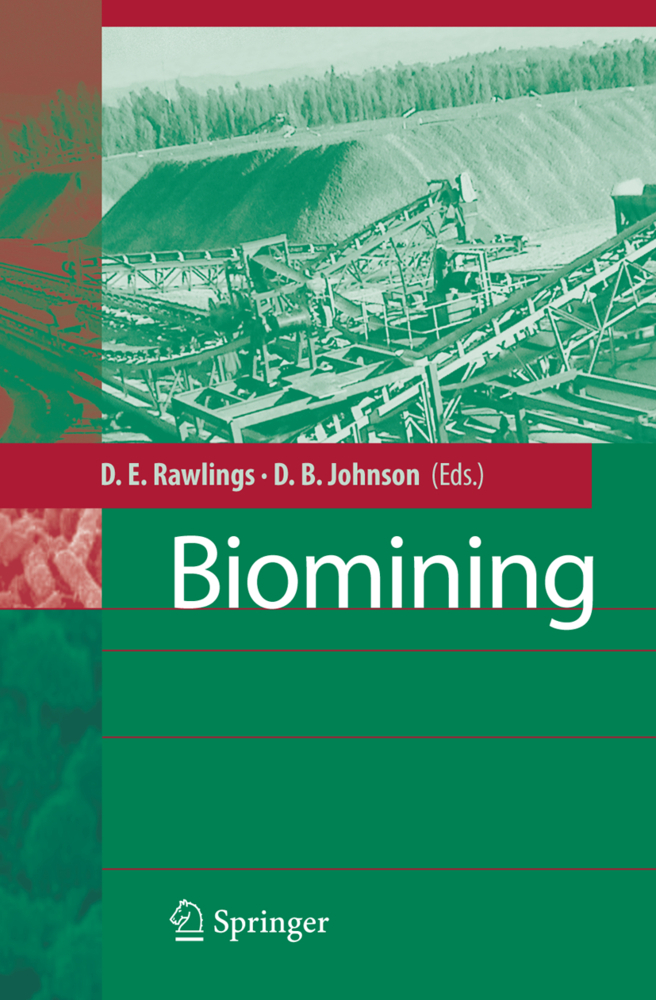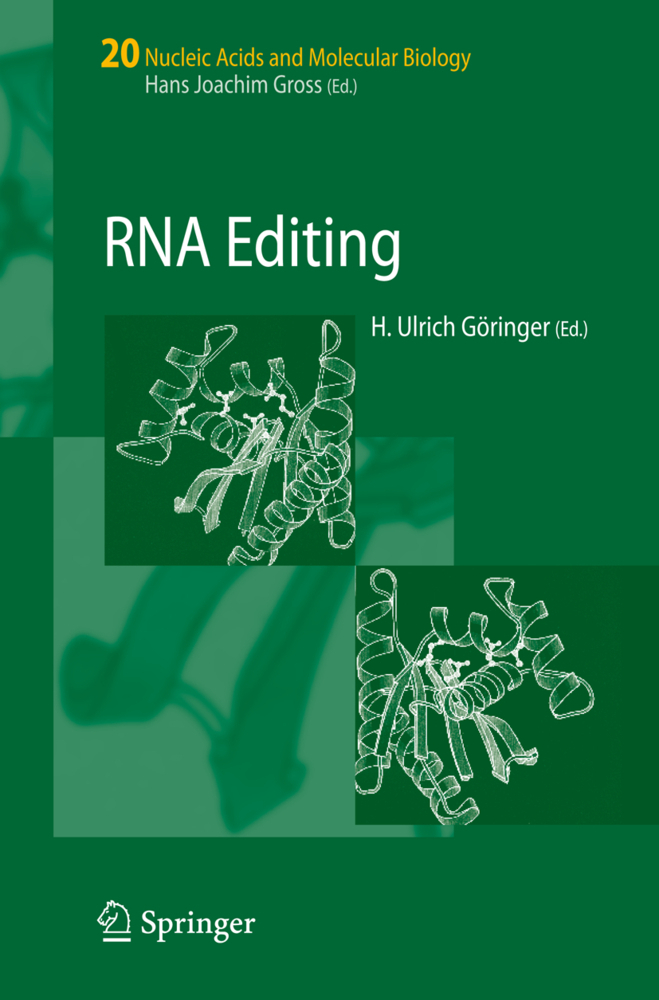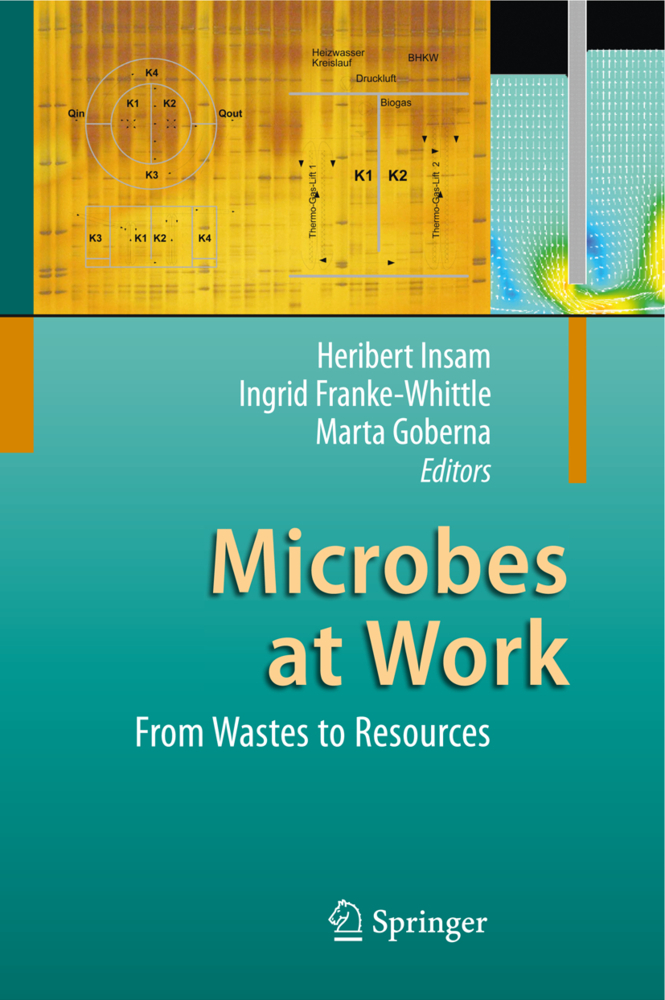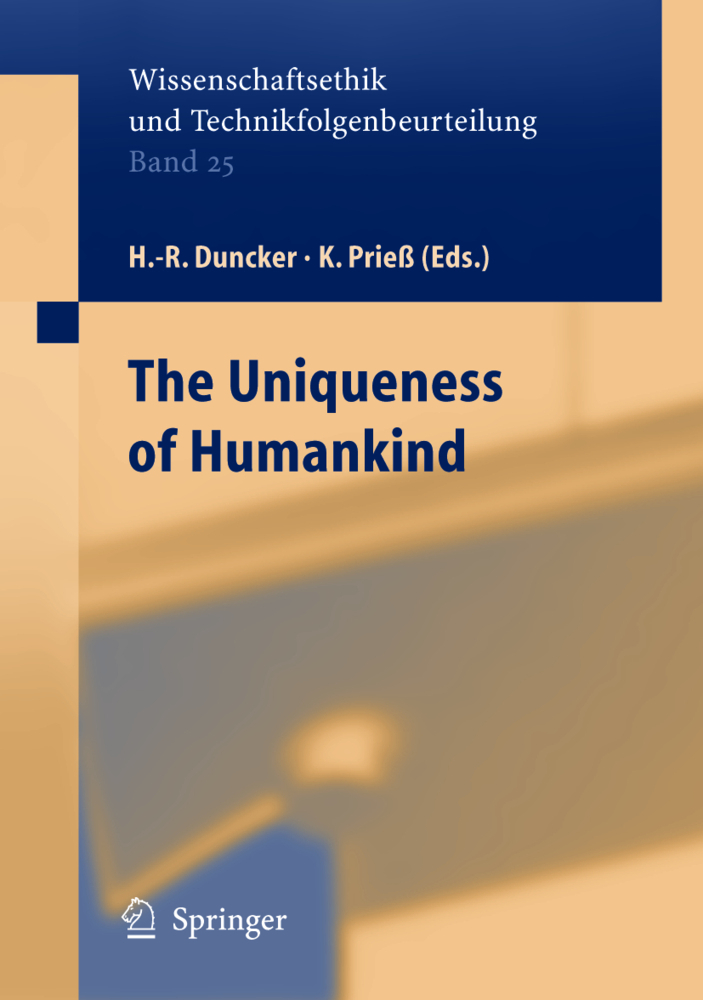Paleomicrobiology
Past Human Infections
Paleomicrobiology
Past Human Infections
"Paleomicrobiology - Past Human Infections" features the methods and main achievements in this emerging field of research at the intersection of microbiology and evolution, history and anthropology. New molecular approaches have already provided exciting results, such as confirmation of a single biotype of Yersinia pestis as the causative agent of historical plague pandemics, and the closer proximity of Mycobacterium tuberculosis from ancient skeletons to modern strains than to Mycobacterium bovis, shedding new light on the evolution of major human pathogens and pathogen-population relationships. Firm microbiological diagnoses also provide historians and anthropologists with new data on which to base evaluation of past epidemics.
The Techniques and Methods
Great Plagues of the Past and Remaining QuestionsIdentification and Interpretation of Historical Cemeteries Linked to Epidemics
Archaeological Proof of an Abrupt Mortality Crisis: Simultaneous Deposit of Cadavers, Simultaneous Deaths?
Molecular Detection of Past Pathogens
Histologic Detection of Past Pathogens
Ancient Microorganisms Bacteria
Palaeomicrobiology of Tuberculosis
Past Leprae
Archaeology of Human Pathogens: Palaeopathological Appraisal of Palaeoepidemiology
Past Plague
Typhoid Fever Epidemic in Ancient Athens
Dental Pulp as a Tool for the Retrospective Diagnosis of Infectious Diseases
History of Influenza Pandemics
Human lice: Pediculus and Pthirus.
Raoult, Didier
Drancourt, Michel
| ISBN | 978-3-642-09501-6 |
|---|---|
| Artikelnummer | 9783642095016 |
| Medientyp | Buch |
| Copyrightjahr | 2010 |
| Verlag | Springer, Berlin |
| Umfang | XIII, 226 Seiten |
| Abbildungen | XIII, 226 p. |
| Sprache | Englisch |

